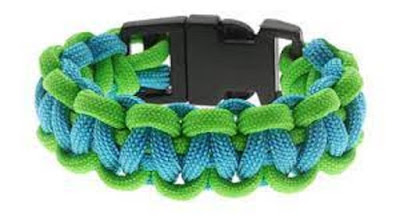General Principles of Knot Tying
Certain general principles govern the tying of all knots and apply to all types of materials.
1. The completed knot must be firm, and so tied that slipping is virtually impossible. The simplest knot for the material is the most desirable.2. The knot must be as small as possible to prevent an excessive amount of tissue reaction when absorbable materials are used, or to minimize foreign body reaction to nonabsorbable materials. Ends should be cut as short as possible.
3. In tying any knot, friction between strands ("sawing") must be avoided as this can weaken the integrity of the knot.
4. Care should be taken to avoid damage to the material when handling. Avoid the crushing or crimping application of surgical instruments, such as needleholders and forceps, to the strand except when grasping the free end of the weave during an instrument tie.
5. Excessive tension applied by the weaver will cause breaking of the knot and may cut tissue. Practice in avoiding excessive tension leads to successful use of finer gauge materials.
6. Knotting used for approximation should not be tied too tightly, because this may contribute to tissue strangulation.
7. After the first loop is tied, it is necessary to maintain traction on one end of the strand to avoid loosening of the throw if being tied under any tension.
8. Final tension on final throw should be as nearly horizontal as possible.
9. The weaver should not hesitate to change stance or position in relation to the weave in order to place a knot securely and flat.
10. Extra ties do not add to the strength of a properly tied knot. They only contribute to its bulk. With some synthetic materials, knot security requires the standard weaving technique of flat and square ties with additional throws if indicated by the circumstance and the experience of the person.
An important part of good knotting technique is correct method in knot tying. A seesaw motion, or the sawing of one strand down over another until the knot is formed, may materially weaken weaves to the point that they may break when the second throw is made or, even worse, in the postoperative period when the weave is further weakened by increased tension or motion. If the two ends of the knots are pulled in opposite directions with uniform rate and tension, the knot may be tied more securely.



Comments
Post a Comment